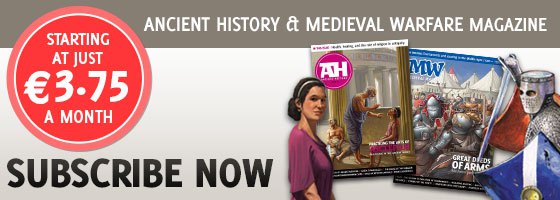Information, Interaction and Society
Ben Roberts
Bronze Age Review, Vol. 1, November (2008)
Abstract
The Data Revolution In reviewing the future of Bronze Age research in the final chapter of his immense pan- European survey, Anthony Harding (2000, 435) commented that the sheer scale and density of available data did little to encourage younger scholars. In Britain, the rapid growth of developer funded excavations with PPG 16 since 1990 together with the recording of objects found by metal detectors under the Portable Antiquities Scheme since 1997 has produced vast quantities of new information that were simply unimaginable to earlier generations. Where the new data has been integrated into research projects, it has frequently provided insights into previously unexplored areas as well as changing existing frameworks and interpretations (e.g. Bradley 2007; Champion 2007; Roberts 2007; Yates 2007). It is evident that the potential for gaining further ideas into the period 2500-800 BC in Britain is only just starting to be realised.

The challenge is therefore, not only to incorporate these new discoveries, but also to explore new questions and approaches that can exploit the increased information and provide fresh insights into our understanding of prehistoric communities. The prevailing intellectual trends within British archaeology are concentrated towards finer, more detailed understandings of sites, landscapes and regions. Whilst the theoretical and methodological advances have been invaluable to the development of the discipline, there is a sense that the many possibilities of re-defining the broader perspectives provided by the new data are being missed.
Click here to read this article from
Sponsored Content
Information, Interaction and Society
Ben Roberts
Bronze Age Review, Vol. 1, November (2008)
Abstract
The Data Revolution In reviewing the future of Bronze Age research in the final chapter of his immense pan- European survey, Anthony Harding (2000, 435) commented that the sheer scale and density of available data did little to encourage younger scholars. In Britain, the rapid growth of developer funded excavations with PPG 16 since 1990 together with the recording of objects found by metal detectors under the Portable Antiquities Scheme since 1997 has produced vast quantities of new information that were simply unimaginable to earlier generations. Where the new data has been integrated into research projects, it has frequently provided insights into previously unexplored areas as well as changing existing frameworks and interpretations (e.g. Bradley 2007; Champion 2007; Roberts 2007; Yates 2007). It is evident that the potential for gaining further ideas into the period 2500-800 BC in Britain is only just starting to be realised.
The challenge is therefore, not only to incorporate these new discoveries, but also to explore new questions and approaches that can exploit the increased information and provide fresh insights into our understanding of prehistoric communities. The prevailing intellectual trends within British archaeology are concentrated towards finer, more detailed understandings of sites, landscapes and regions. Whilst the theoretical and methodological advances have been invaluable to the development of the discipline, there is a sense that the many possibilities of re-defining the broader perspectives provided by the new data are being missed.
Click here to read this article from
Sponsored Content